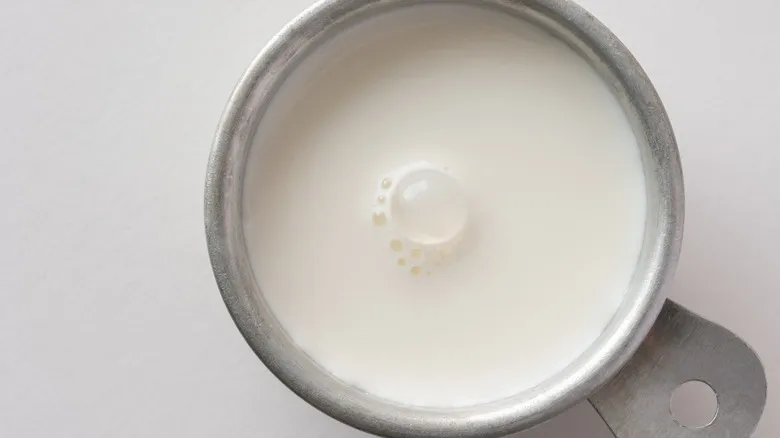Consider the fat content of your dairy ingredients
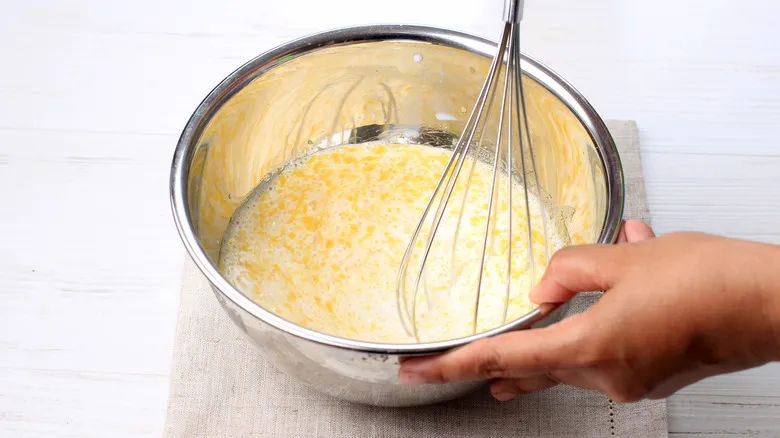
Heavy cream is produced from milk with a higher fat content, typically at least 36%, in contrast to other liquid dairy options like whole milk (3.25% fat) or 2% milk. This rich fat composition is what gives heavy cream its luxurious flavor when mixed into coffee or whipped into a creamy carbonara sauce. A small taste of heavy cream reveals its notably thick and fatty texture.
Melted butter combined with milk serves as an excellent substitute for heavy cream because it effectively adds milk fat to a lower-fat dairy product. With a composition of at least 80% milk fat, melted butter enhances the fat content of whole milk, resulting in a richer mixture. If you have skim or low-fat milk available, you can also incorporate melted butter to create a heavy cream alternative—just add an extra teaspoon or two of butter to boost the fat level.
Additionally, half and half, which consists of equal parts whole milk and heavy cream, can be used as a substitute for heavy cream. In a pinch, half and half—containing between 10.5% and 18% milk fat—can be directly swapped into most recipes that require heavy cream. For an even richer ingredient, simply mix in a couple of tablespoons of melted butter to further enhance the fat content of the half and half.
Additional heavy cream alternatives

There are several other effective, practical, and tasty alternatives to heavy cream that you can keep handy for ingredient substitutions. If you want to create a dairy-free version of your recipe, you can apply the milk-and-butter method to craft a plant-based heavy cream substitute. Simply mix your preferred non-dairy milk with oil to boost the fat content and creaminess, then use it in place of heavy cream. Solid coconut cream is another option.
It's important to mention that when it comes to flavor and texture, a combination of melted butter and milk provides the closest match to heavy cream. Since heavy cream can be whipped in a stand mixer to create homemade butter, it makes sense that melted butter serves as an excellent flavor and fat substitute. However, keep in mind that melted butter and milk won't whip or hold air like heavy cream does, so if you want a reliable whipped cream, you'll need to use the real thing.
That said, your melted butter and milk mixture—or any non-dairy alternatives—can be used in a wide range of recipes, from traditional penne alla vodka to cakes. Add a splash of your heavy cream substitute when preparing homemade ganache, biscuits, or various creamy soups. These alternatives work well in many culinary applications (though not for whipping), and most diners won't even notice that you made a few adjustments to the ingredients.
Recommended

This Is The Best Place To Proof Bread In Your Kitchen
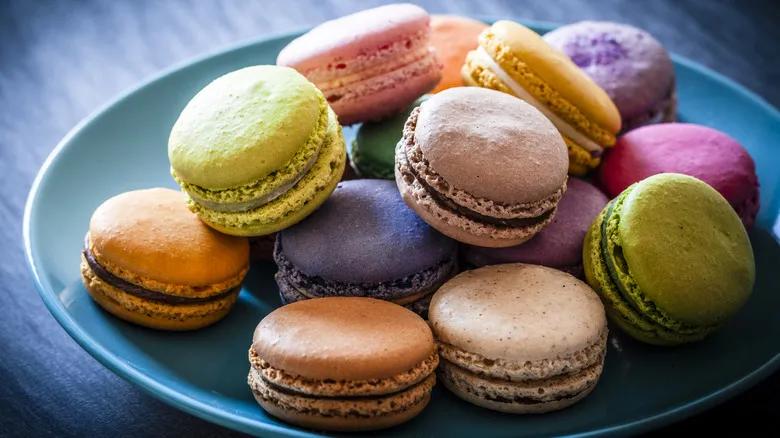
Gel Vs Liquid Food Coloring: Which Is Best For Your Cookies?
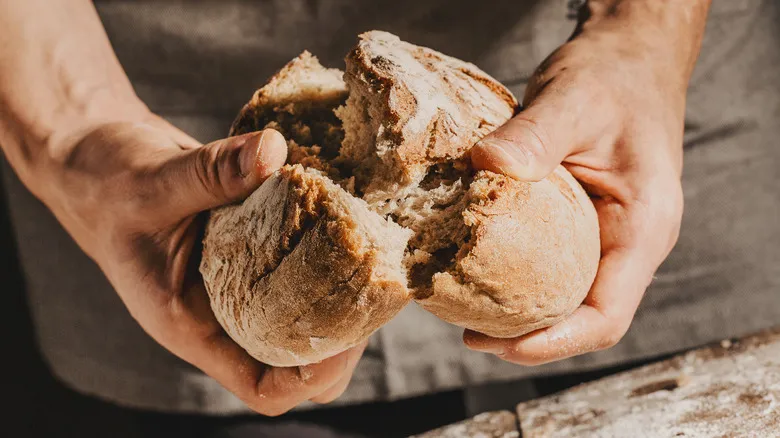
Why Bread Gets Stale And How To Make It Soft Again
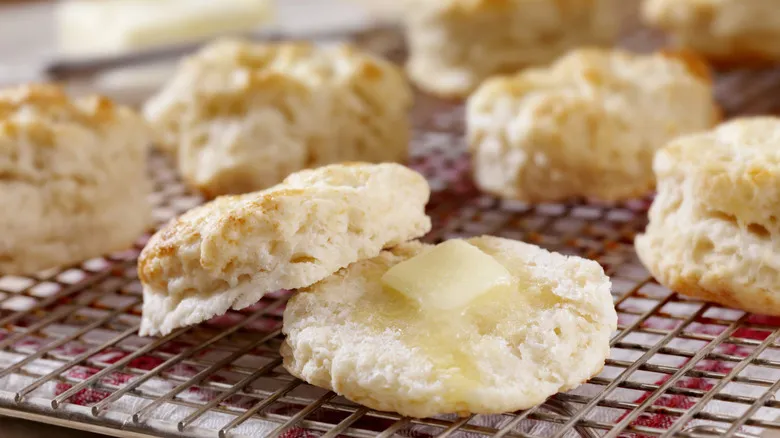
Room Temperature Vs. Cold Butter: Which Is Better For Biscuits?
Next up

